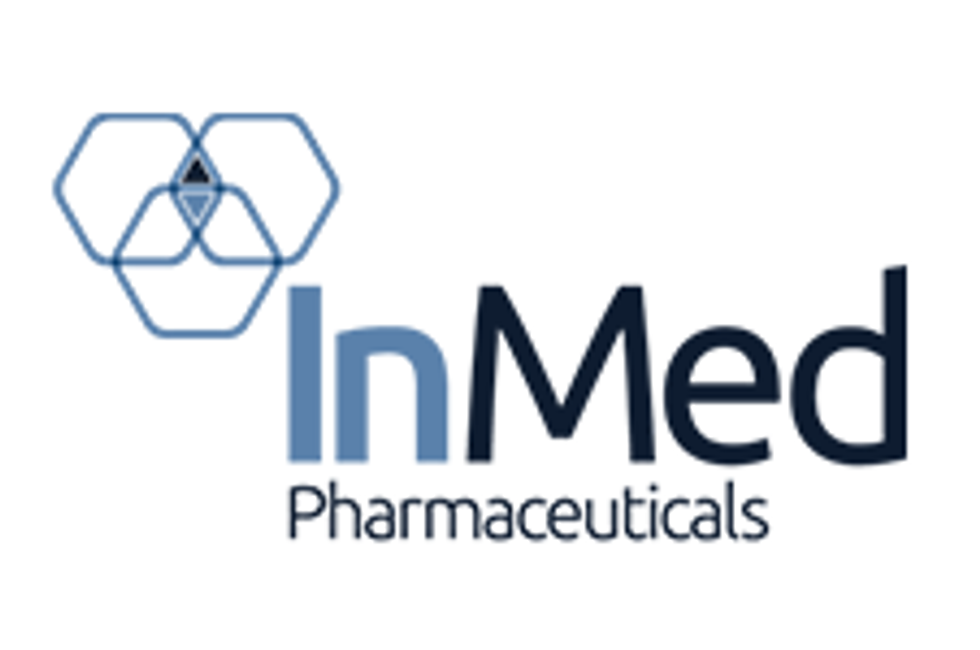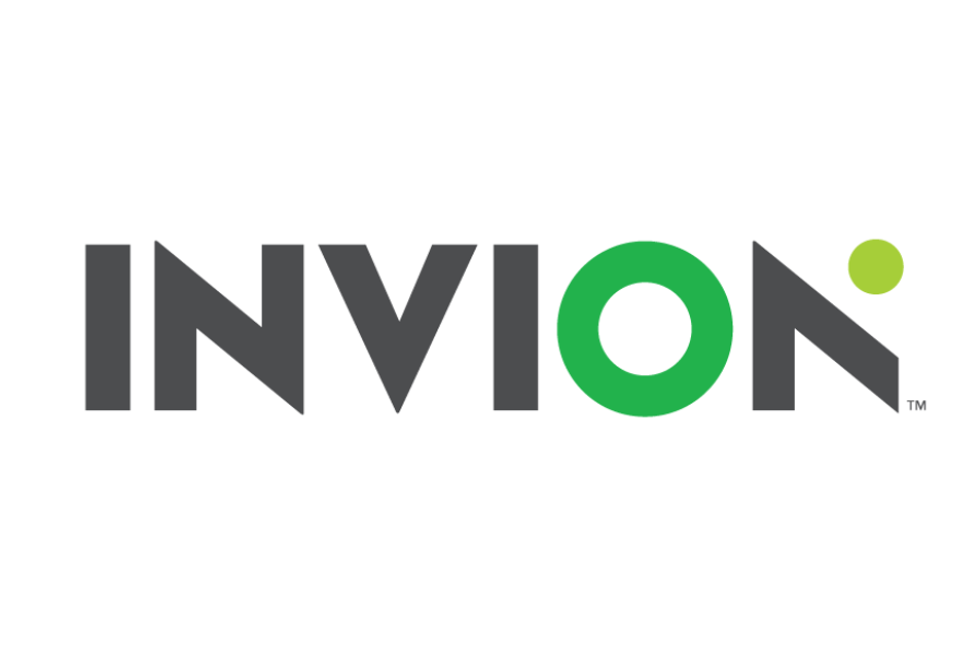How to Invest in Pharmaceutical Companies
Pharmaceutical companies work toward bringing new cures to the market and improving treatments available for patients.

Pharmaceutical companies are key to the life science sector, advancing new cures and improving treatments for patients.
However, diseases aren't easily targeted; there's no specific cure for all types of cancer, or a direct method for stopping all the infectious disease variants that affect humanity. For that reason, companies in the pharmaceutical industry try to expand potential treatments and seek new ways to work with medicine that already exists. As an example, a pharmaceutical company might develop drugs for multiple indications or could look at addressing broader categories, such as pain.
The US is the world's leader in pharmaceutical research and development (R&D). According to Statista, since 1995, R&D efforts in the country have grown significantly, rising from US$15.2 billion to a record high of US$102.3 billion in 2021.
The US is also the largest pharma market globally, and drug sales in the nation are robust — spending on prescription drugs grew from US$516 billion in 2020 to US$605 billion in 2022. On a global scale, pharma drug sales reached US$1.21 trillion in 2022.
Investors interested in this growing industry may want to put their money into companies that could be on the verge of finding new cures or advancing treatments for rare diseases. However, there are many challenges when investing in pharmaceutical companies, and it's crucial to be aware that time and patience play a large role when it comes to the pharma space.
For one thing, it's important to know that while the biggest pharma companies are pursuing their own pipelines, they are also using partnerships, licensing deals and collaborations to expand drug candidates. Large-cap stocks AbbVie (NYSE:ABBV), Bristol-Myers Squibb (NYSE:BMY,OTC Pink:BMYMP) and Pfizer (NYSE:PFE) are a few of those players.
It's also crucial to note that the overarching pharmaceutical industry goes beyond the biggest pharmaceutical companies. Small- to medium-cap drug companies continue to make an impact in developing innovative pharmaceutical products.
How does the FDA approve new drugs?
One of the challenges drug manufacturers face is the cycle of trials to develop innovative therapies.
As mentioned, the US is the biggest healthcare market globally, and its regulatory agency, the US Food and Drug Administration (FDA), ensures that every medication that is marketed goes through the Center for Drug Evaluation and Research (CDER). Essentially, CDER reviews each new therapy before it can be commercialized and sold on the market.
The new drug approval process requires patience from pharmaceutical manufacturers and investors alike. Importantly, companies must submit an application to the FDA for approval, which can take up to two and a half years.
Before this even happens, it can take companies over 10 years to develop a drug and bring it to the market. After a therapy is developed, it goes through more than three years of laboratory testing before an application is made to the FDA. If the FDA gives approval, the drug will then go through three phases of clinical trials.
Although some are clamoring for a faster process, an easier barrier to entry for pharmaceuticals could lead to unforeseen reactions or faulty products slipping by the tests from the FDA.
Once a new drug reaches clinical trials, pharma companies play a vital role in ensuring the trials are managed efficiently. It's up to drug companies to make sure processes such as enrolling patients and gathering and submitting trial results are done correctly.
Each clinical trial has a different length, study participation and purpose, but this begins even before a drug is in a clinical trial. After drug discovery and initial development, the drug is moved into preclinical research before it can be tested on humans.
All of this is to say that investors should be ready to play the long game when it comes to investing in pharma companies. Share price dips are common if a company misses a target deadline, or a drug doesn't perform exactly as it was promised during a trial.
Why are some US drug prices so high?
American drug prices are known for being high, but during his time in office, former FDA Commissioner Scott Gottlieb put the agency on a crusade to lower prices for prescription drugs by inciting competition between pharmaceutical companies.
In a statement issued in February 2019, Gottlieb said the agency had been taking steps to "support downward pressure on drug prices by helping to clear a path for more efficient generic development." Generic drugs were the main method employed by Gottlieb to fulfill former US President Donald Trump's campaign promises. Around the same time, a US Senate Committee on Finance hearing in early 2019 blasted several pharmaceutical executives on the high cost of drugs.
In late 2020, the Trump administration enacted a set of rules aimed at linking drug reimbursement to less expensive foreign drug prices and allowing medication imports from Canada; the rules also require insurers to pass along discounts from manufacturers to patients at the point of sale. Unsurprisingly, big pharma has brought the fight against those regulations to the courts.
Lowering prescription drug prices is a high priority for current US President Joe Biden as well. His administration made reining in prescription drug prices an important part of the Build Back Better plan. Although that bill eventually failed, the successful Inflation Reduction Act picked up the torch for lowering prescription drug prices, specifically for seniors and Medicare recipients. While Republicans have vowed to repeal the act, Biden has countered that he could veto the repeal.
The stakes have been raised by emerging markets such as China, which has increased drug patent life from 20 to 25 years, the longest timeframe in a major market. In addition to increasing competition, this move will let companies benefit from five additional years of sales before generic products can be made.
What is the outlook for the pharma industry?
Moving forward, the pharmaceutical sector is bound to evolve. Despite reliance on trusted methods and practices, progression is natural, especially in a market as forward-looking as much as this one. Companies big and small in this area of the health sector are finding new and innovative ways to stay relevant, often by changing focus.
As part of its mid-2023 pharma and life science outlook report, which focuses on US deals done so far this year, international accounting firm PWC points to several trends that are shaping up in the space:
- Immunology and oncology are gaining a lot of interest from Big Pharma following significant scientific breakthroughs in these key therapeutic areas.
- The steady pace of M&A activity in the pharma sector is expected to continue despite headwinds.
- Big Pharma companies are looking to pick up early and development-stage companies to "fill the pipeline gaps" likely on the horizon in 2024 as many of the larger profit-making drugs begin to go off patent.
- Key M&A targets will be those with the potential to "accelerate the push towards patient-centric ecosystems and product-enabled services."
Although they are high-risk stocks from the get-go, investors can look to pharmaceutical companies for long-term returns. Pharmaceutical exchange-traded funds also exist as a way for investors to introduce themselves to the market or watch trends.
This is an updated version of an article originally published by the Investing News Network in 2016.
Don't forget to follow us @INN_LifeScience for real-time news updates!
Securities Disclosure: I, Melissa Pistilli, hold no direct investment interest in any company mentioned in this article.




